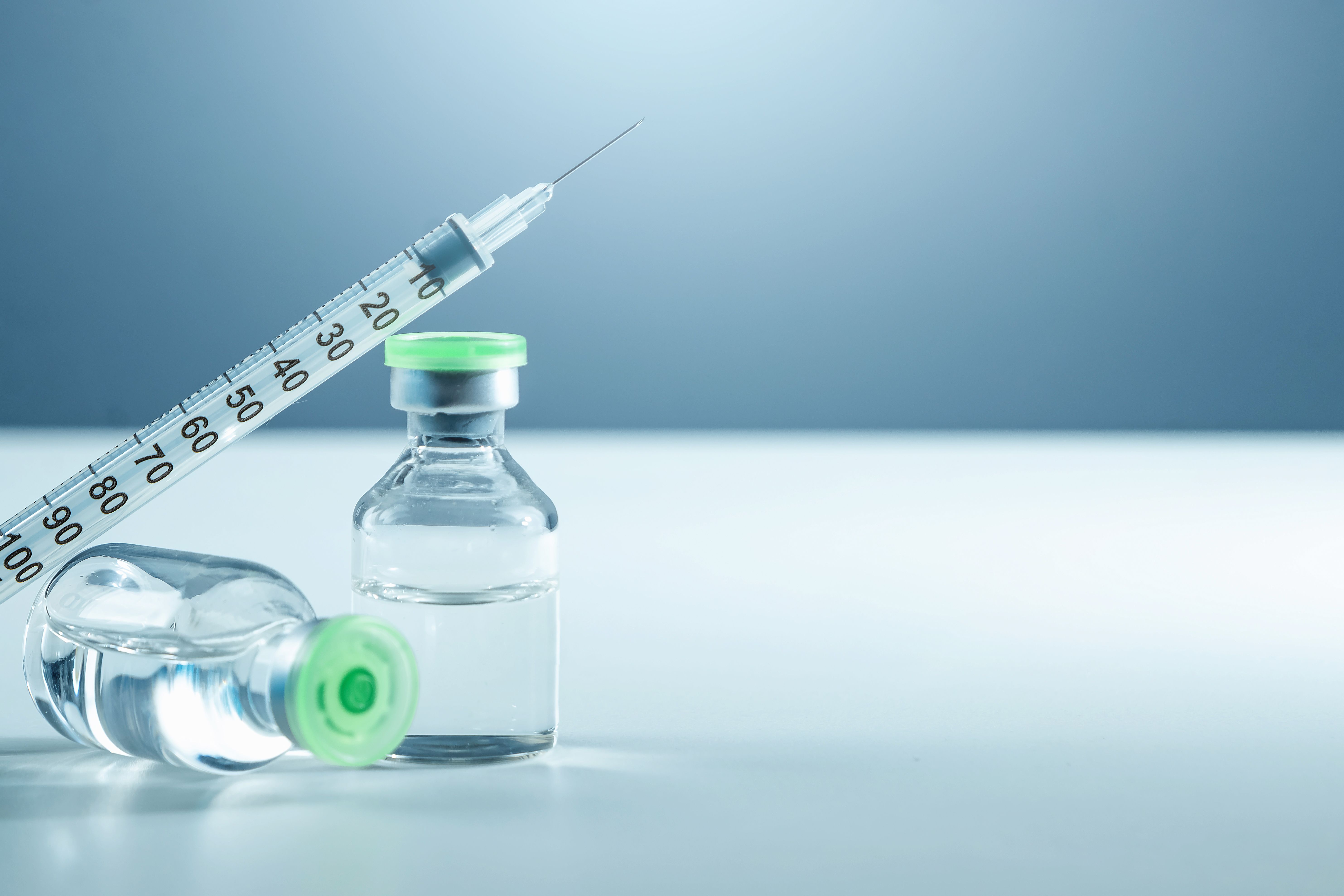Article
HIV Replication Restricted by Innate Protein
Author(s):
Researchers from George Washington University have shown that the human apolipoprotein A-I binding protein (AIBP) is capable of inhibiting HIV replication by targeting lipid rafts and reducing virus-cell fusion.
Researchers from George Washington University have shown that the human apolipoprotein A-I binding protein (AIBP) is capable of inhibiting HIV replication by targeting lipid rafts and reducing virus-cell fusion. This study provides the first evidence that AIBP is an innate immunity factor, according to the authors.1
Previous studies have suggested that AIBP functions as a protective factor under some pathological conditions associated with increased lipid rafts, such as atherosclerosis and acute lung injuries.1
Host cell lipid rafts are subdomains of the plasma membrane and contain high concentrations of cholesterol and glycosphingolipids, making them important in HIV-1 assembly, as well as the budding and infection of target cells.1 Based on the dependence of HIV on lipid rafts and AIBP’s ability to reduce them, the researchers hypothesized that AIBP could inhibit HIV replication.1
In the study, peripheral blood mononuclear cells were isolated from whole blood and AIBP was produced in a baculovirus/insect cell system. To test the efficacy of AIBP on HIV replication, the researchers performed titrations.1
The exogenously-added AIBP reduced the abundance of lipid rafts and inhibited HIV replication both in vitro and in vivo, according to the study results. Specifically, the results found that at a 0.2 μg/ml concentration, AIBP significantly reduced the amount of HIV-1 in the culture medium at day 12 postinfection.1 Knockdown of AIBP native to the cells, on the other hand, was found to increase HIV replication.1
The researchers noted that no change in the abundance of lipid rafts or fusion was observed after incubation of nonactivated cells with AIBP, which is consistent with earlier findings. This suggests that AIBP specifically targets lipid rafts on cells subjected to an inflammatory or infectious agent, or activating factors produced by infected cells.1
The researchers aimed to identify those activating factors in subsequent experiments and found that 1 may be Nef-containing exosomes (exNef). ExNef are produced by HIV-infected cells even with suppressive antiretroviral therapy and may enhance HIV-associated pathology by manipulating lipid rafts on uninfected cells.1
“Through this study, we identified a novel innate immunity factor that inhibits HIV infection by targeting lipid rafts,” said Michael Bukrinsky, MD, PhD, senior author on the study. “Further studies could possibly show AIBP may also protect against infection by other viruses and microbes.”2
REFERENCES
- Dubrovsky L, Ward A, Choi S, Pushkarsky T, et al. Inhibition of HIV Replication by Apolipoprotein A-I Binding Protein Targeting the Lipid Rafts. American Society for Microbiology; January 2020. https://mbio.asm.org/content/11/1/e02956-19#sec-8. Accessed February 11, 2020.






